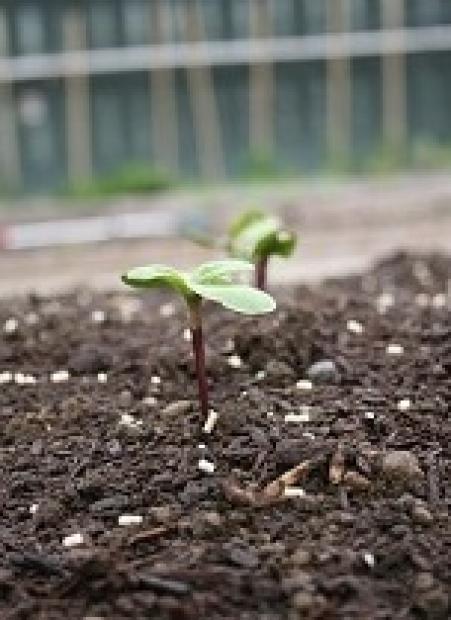In Washington state, an estimated 17 million tons of organic material is wasted each year – ranging from yard clippings, to orchard prunings, forest slash, unused food, manure, and discarded paper products.

Bioeconomy strategies transform organic wastes from our cities, industries, farms and forests into valuable resources that we can use – such as composts and biochar that return carbon to the soil and build fertility, as well as fuels, energy and biochemicals that replace products made from fossil sources like petroleum and natural gas.
Biocarbon Success Stories
Kate Kurtz, Biosolids Project Manager for King County Wastewater Treatment Division (WTD) likes to say that King County’s biosolids are “an endlessly renewable resource.” And this will be true as long as 1.5 million or so people served by the County’s wastewater treatment system eat food and contribute their waste via toilets to the system.
Watch this short interview with Kate, and then in our second clip see an honest-to-goodness doo-flippin machine in action (Loop biosolids getting applied to a Washington forest to enhance the soil and the plants). Brian Vrablick, Forestry Project Manager for King County WTD explains how it's done.
NBI Innovation Partners in the bioeconomy sector:
- Cedar Grove Composting
- Engineered Compost Systems
- International Biochar Initiative
- King County
- Pacific Northwest Biochar Initiative
- Sunmark Environmental
- United States Biochar Initiative
Resources
Recycling Carbon: Bioeconomic Development
Building biocarbon through creating new jobs producing bioproducts and bioenergy
--Patrick Mazza, Research Director, Climate Solutions (July 2010). Part of a series of briefing papers on biocarbon that focus on how the Northwest can mount regional initiatives to accelerate biocarbon progress.
Give for a brighter future
Connect
Join our email list to learn about what we do and how to get involved.